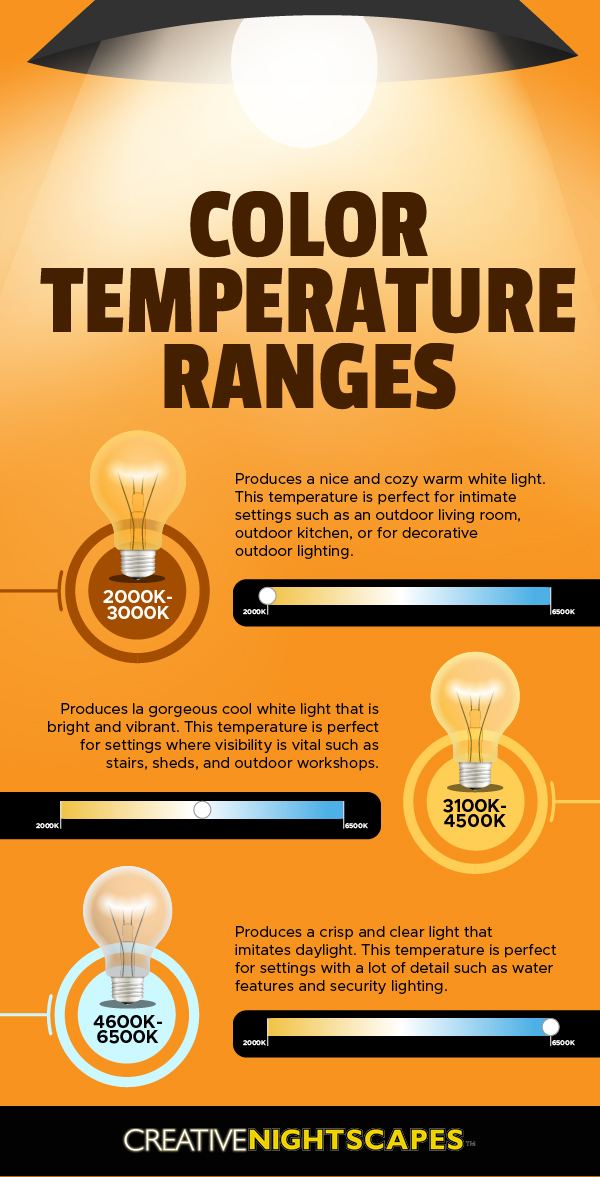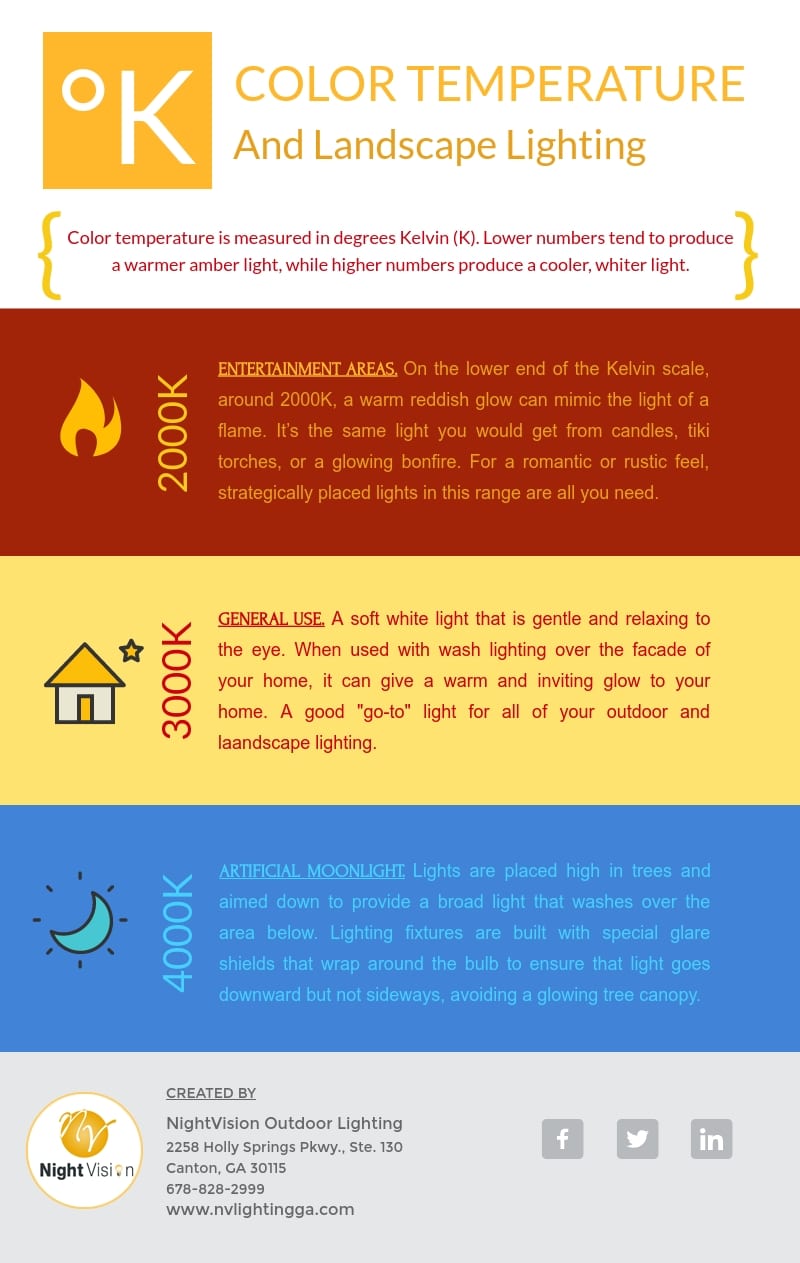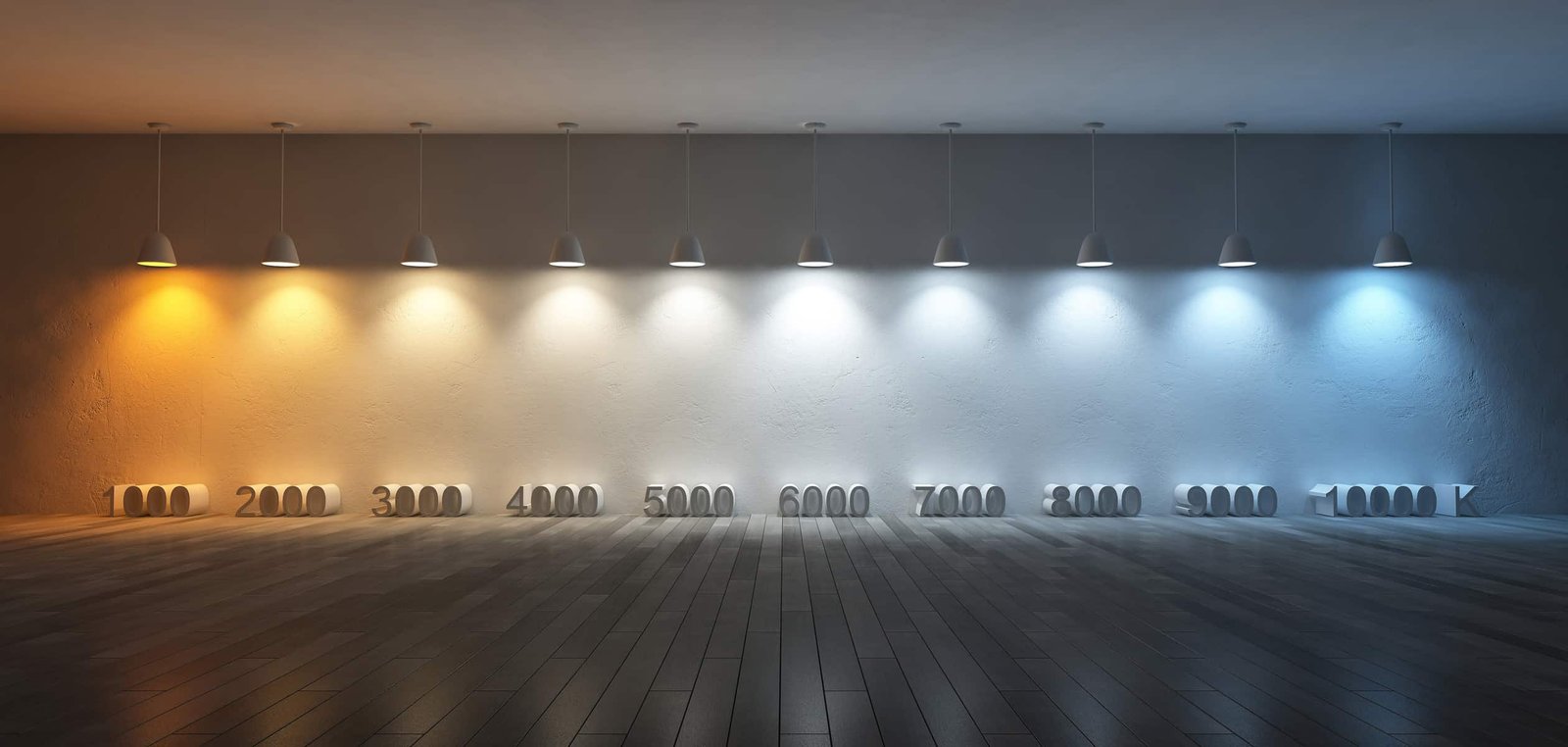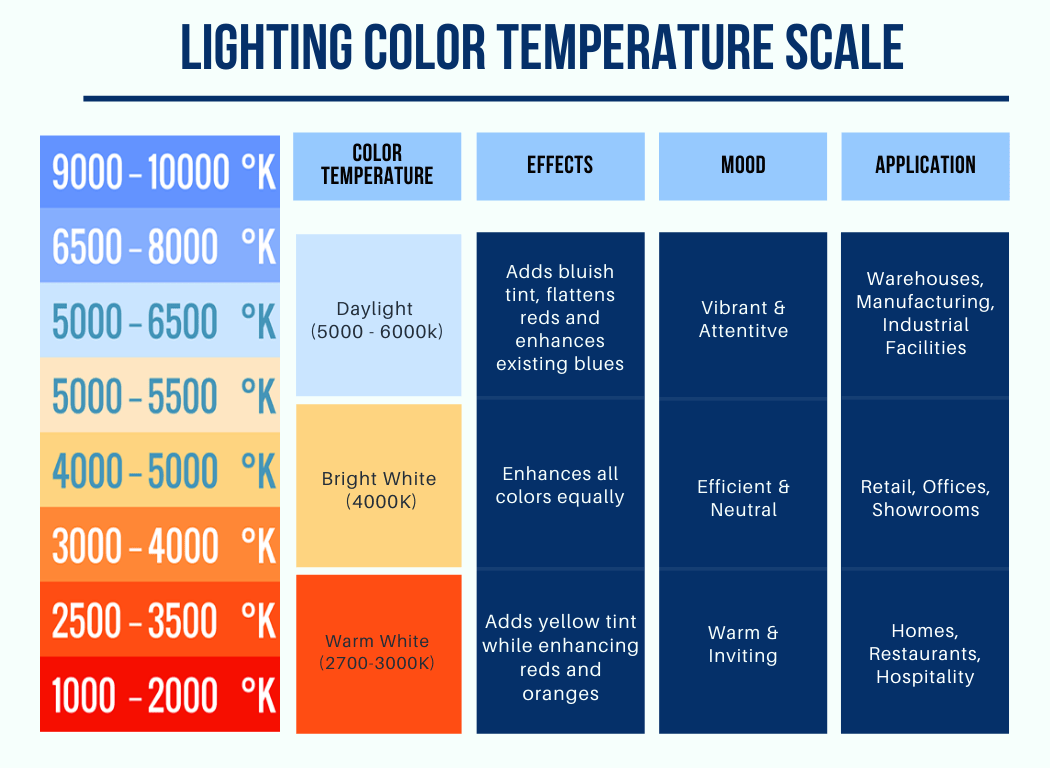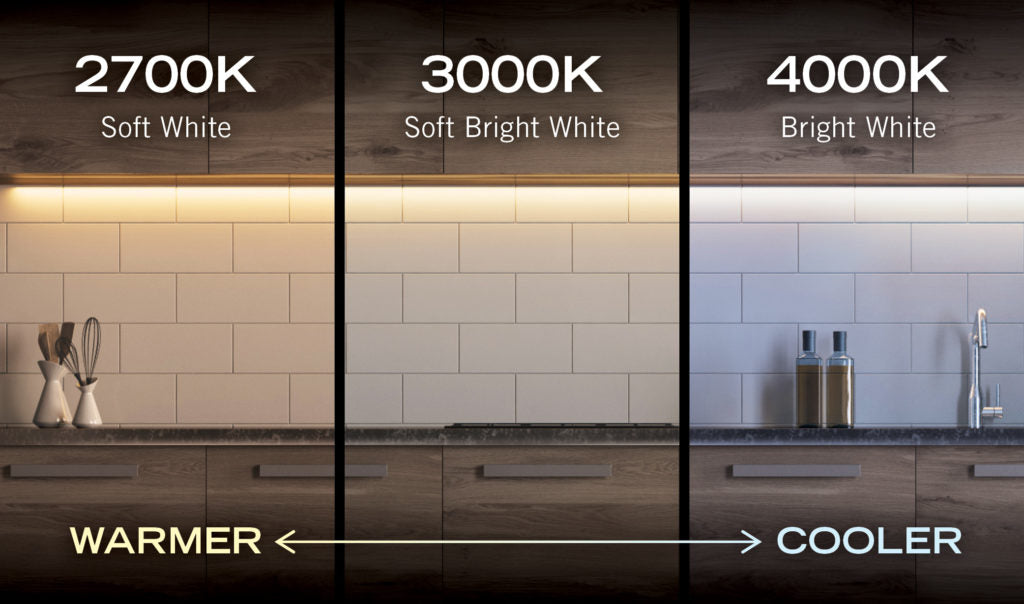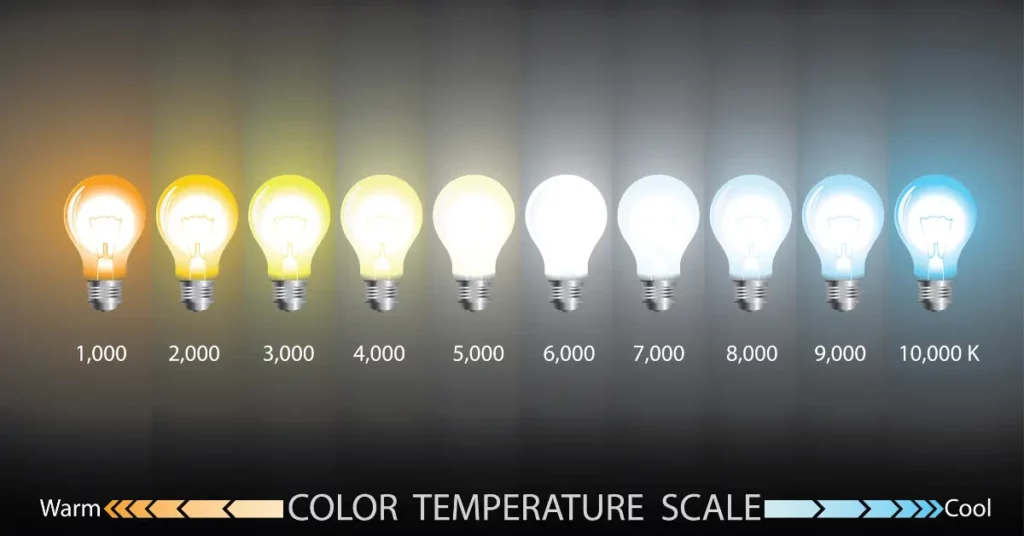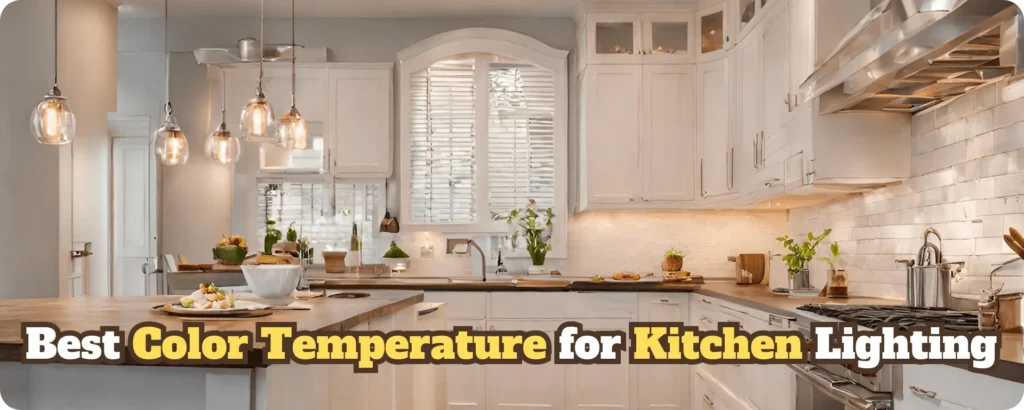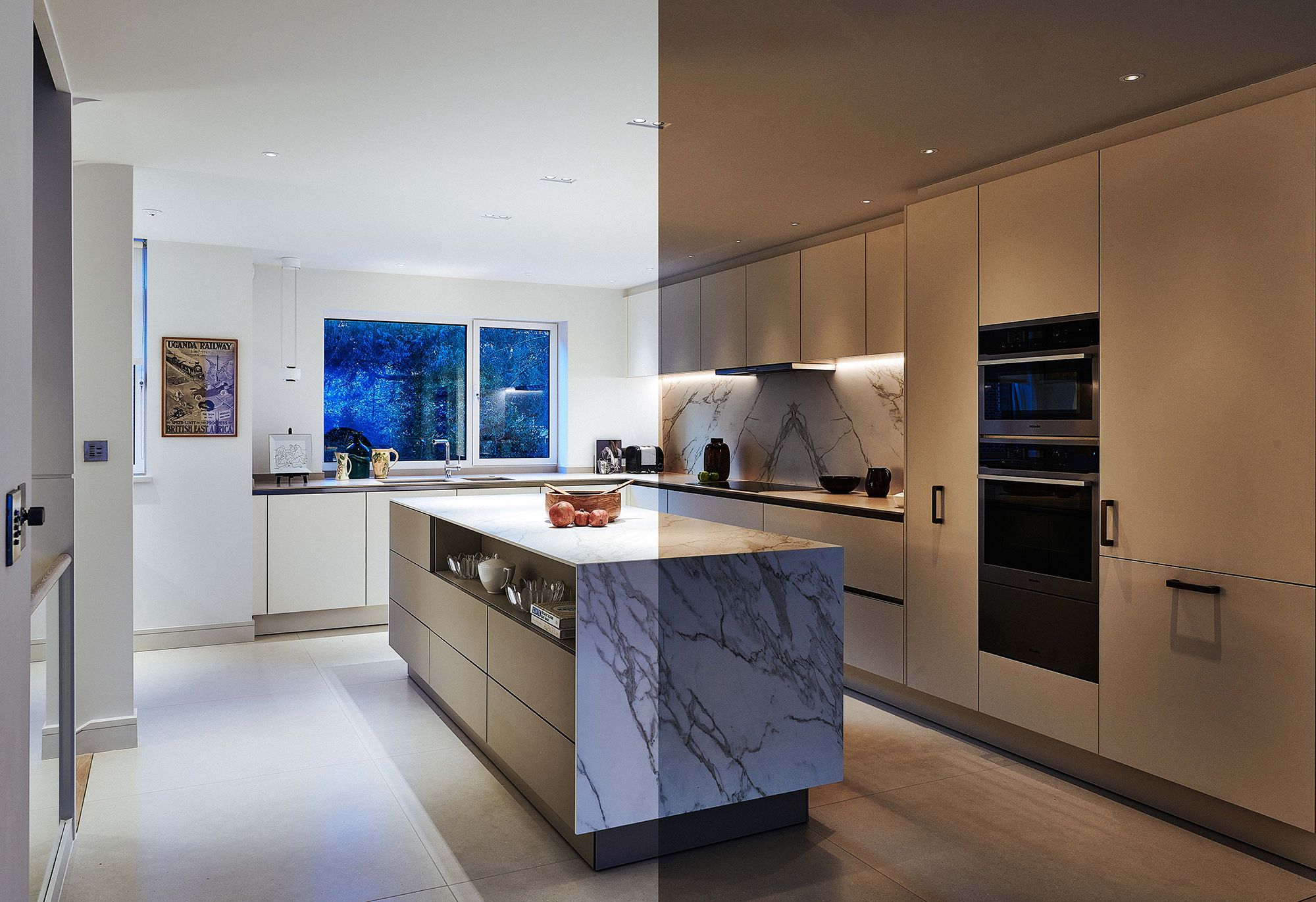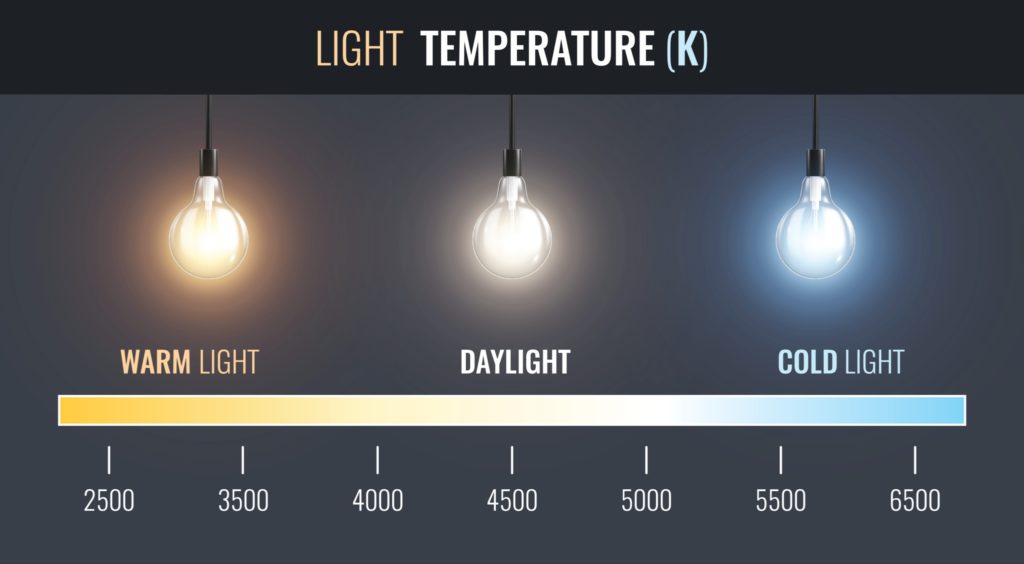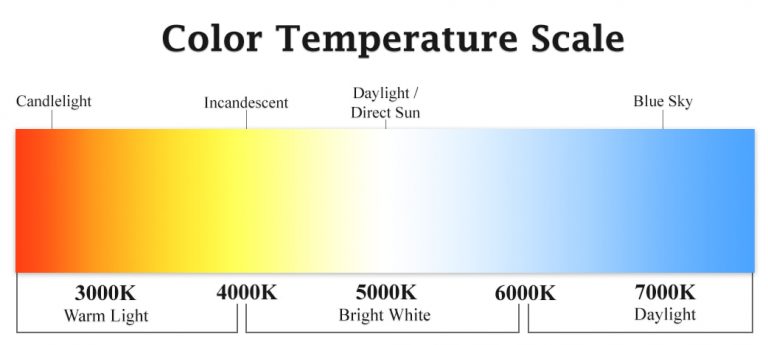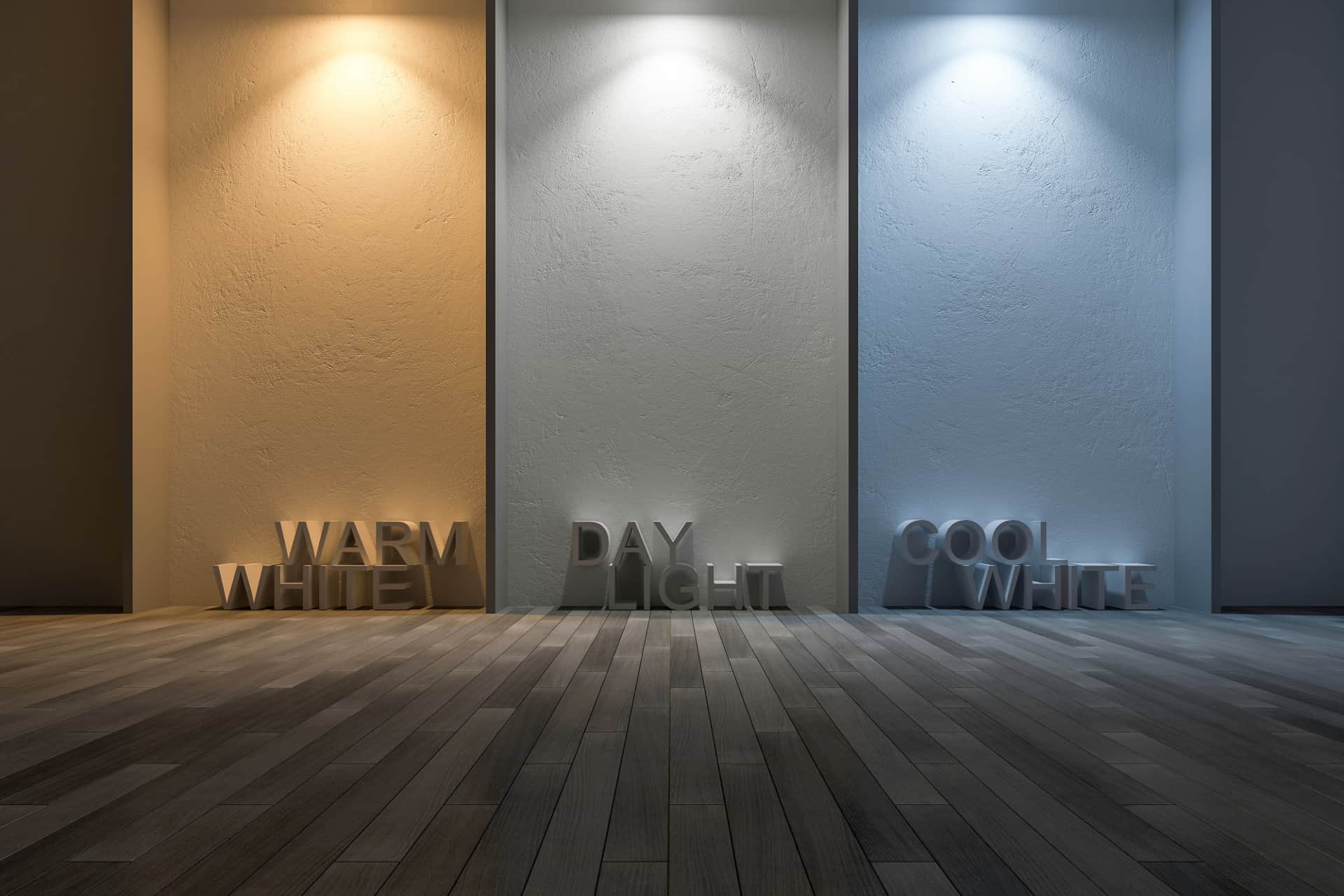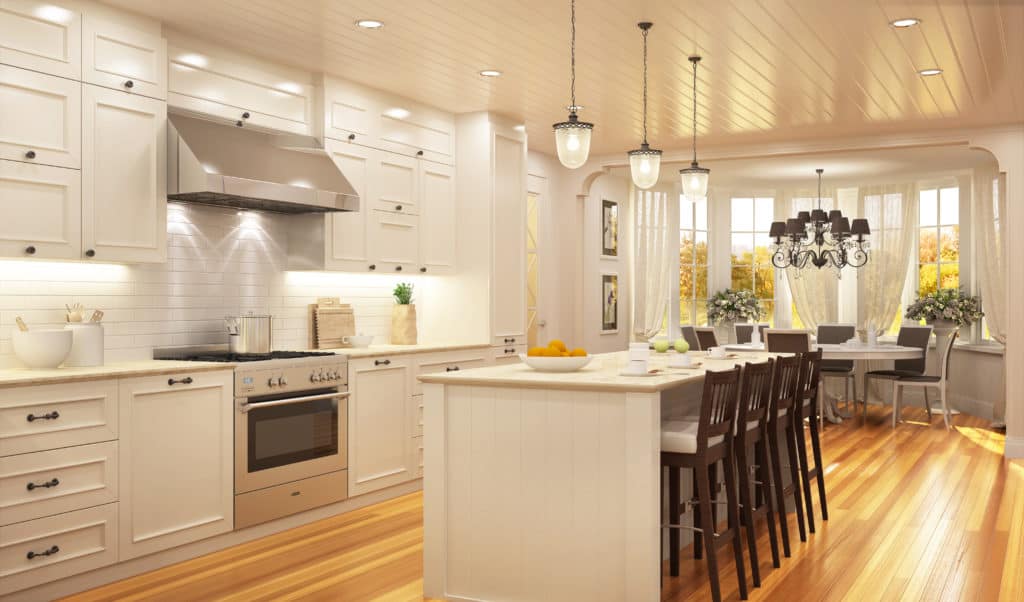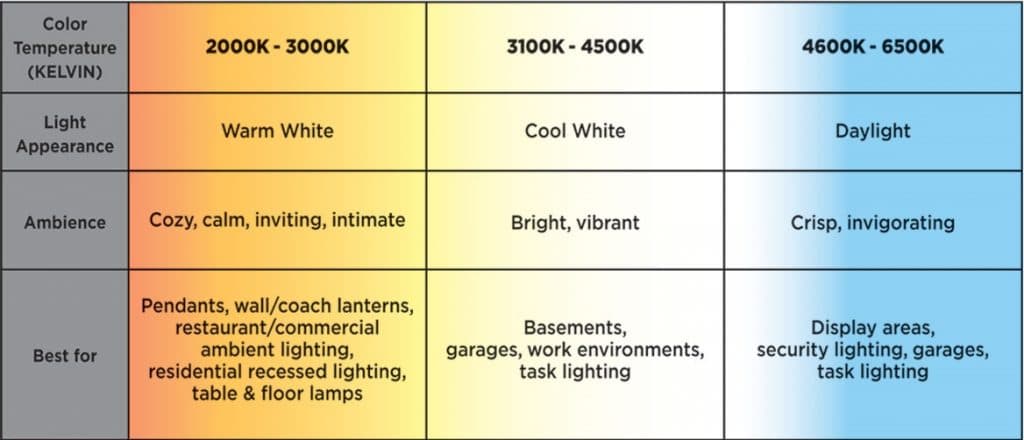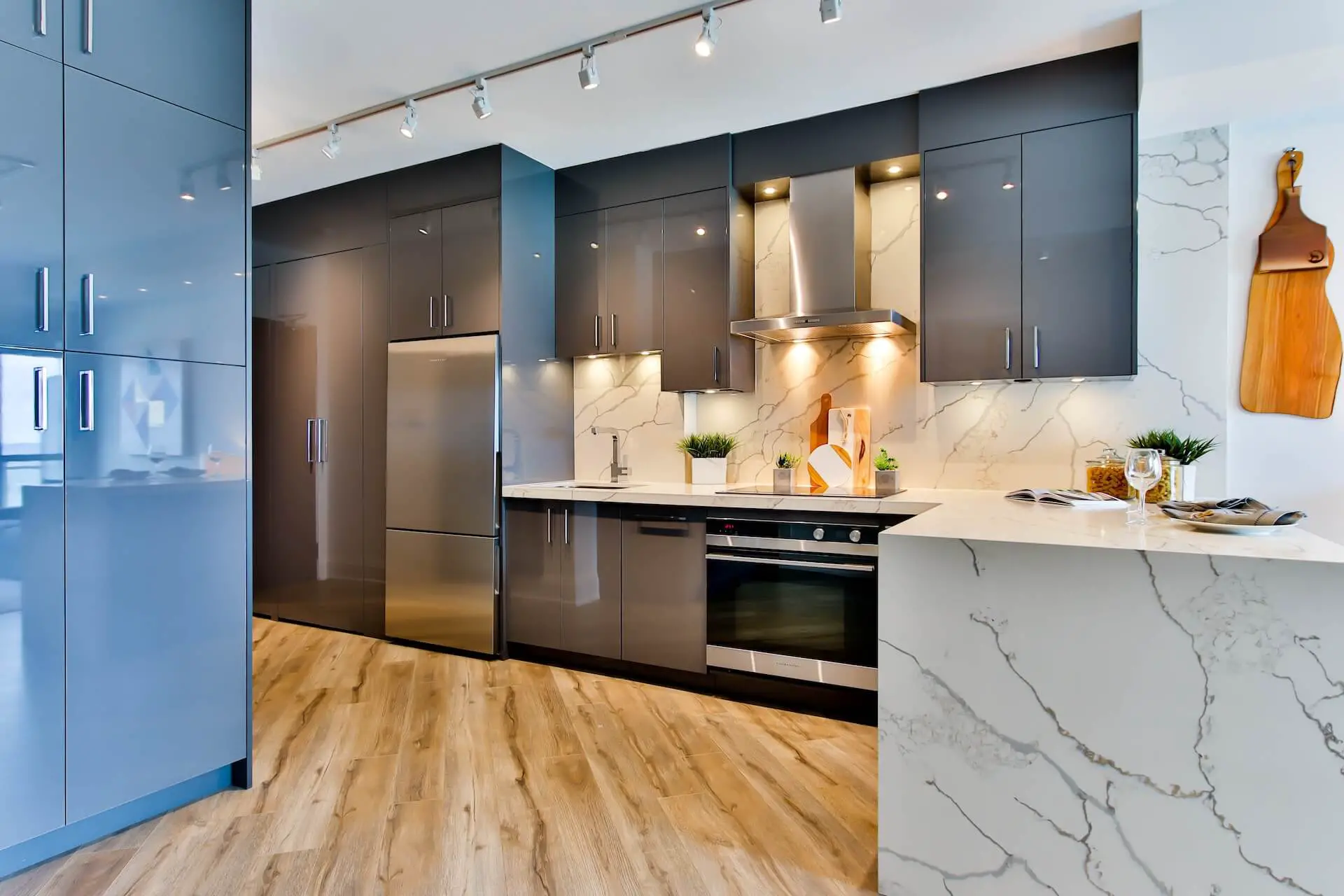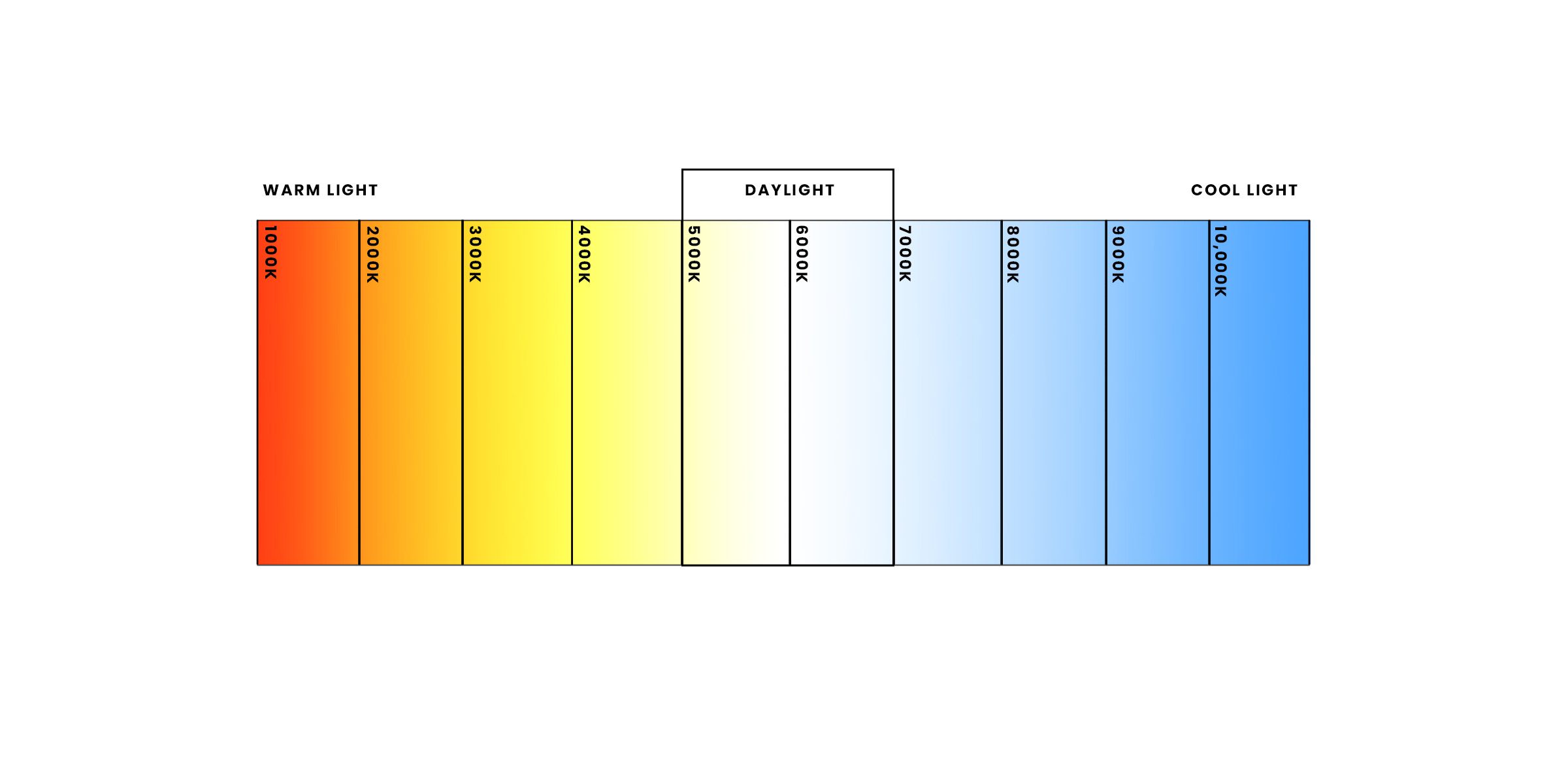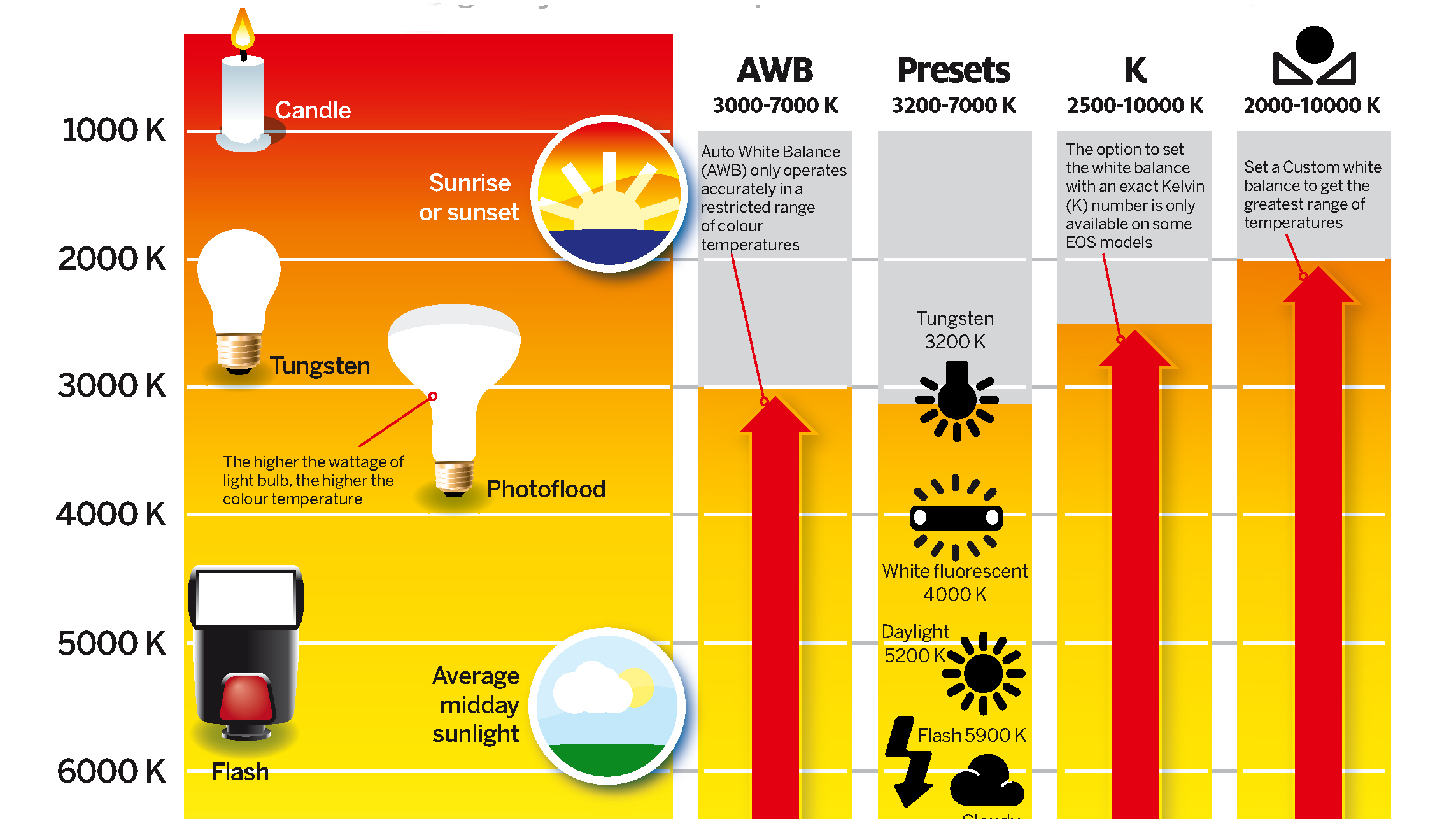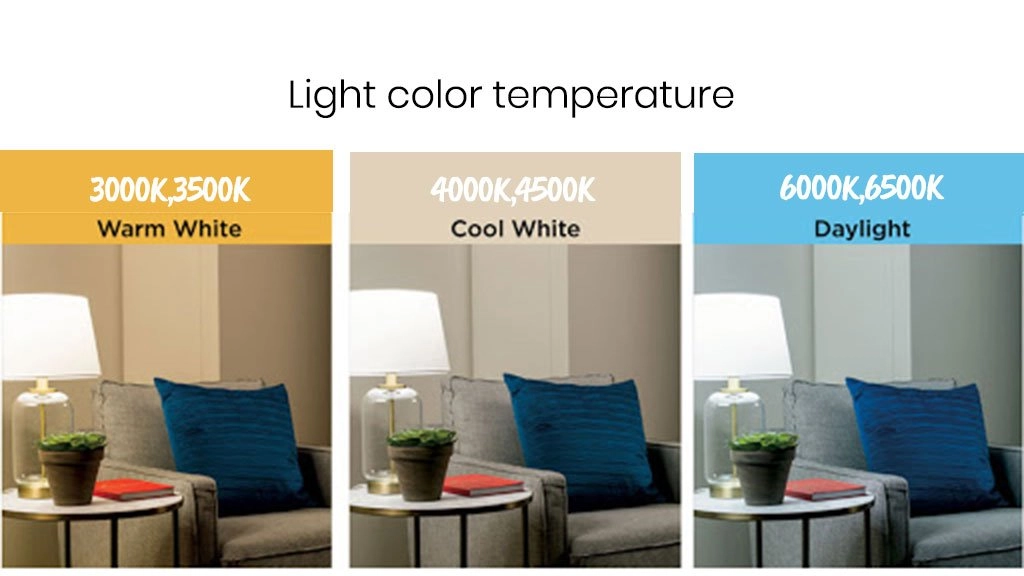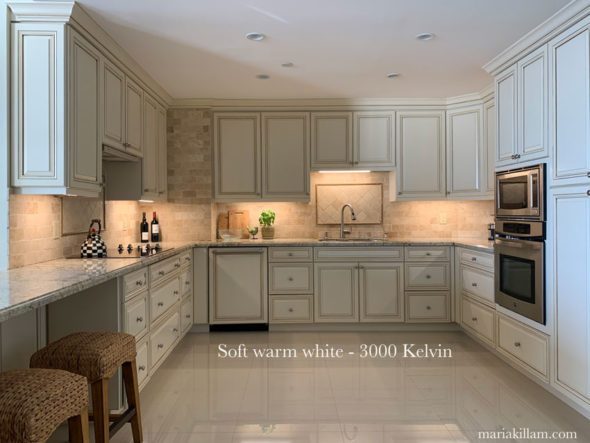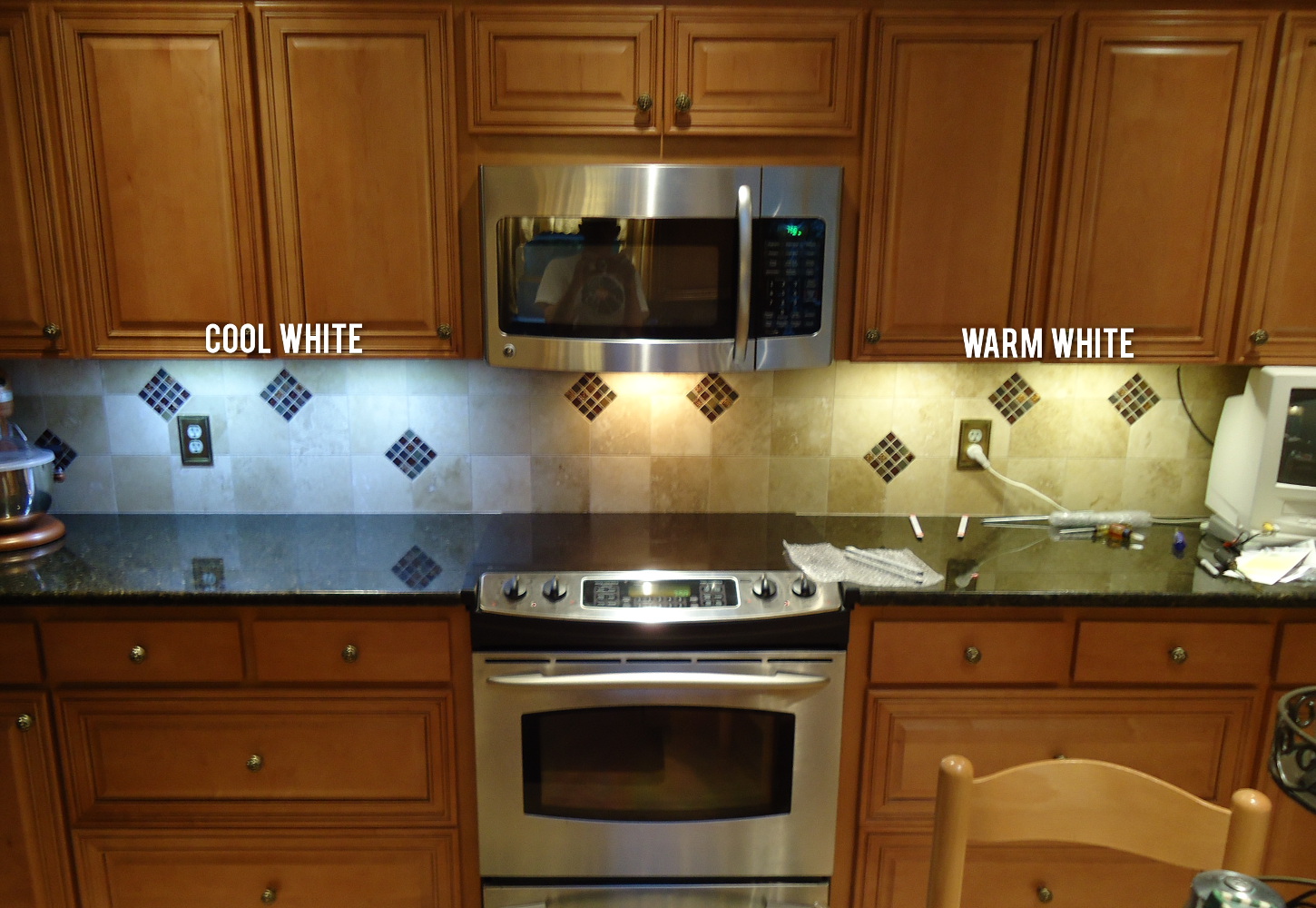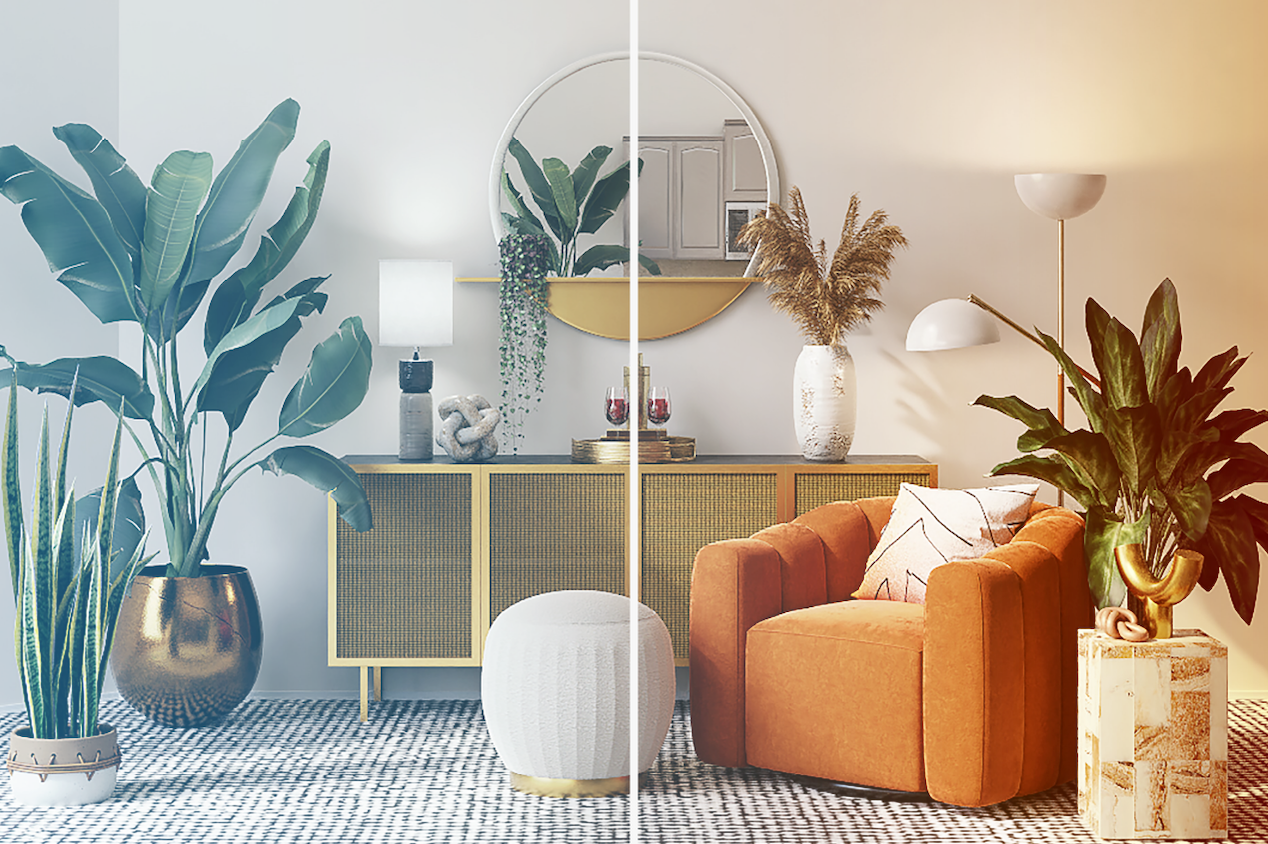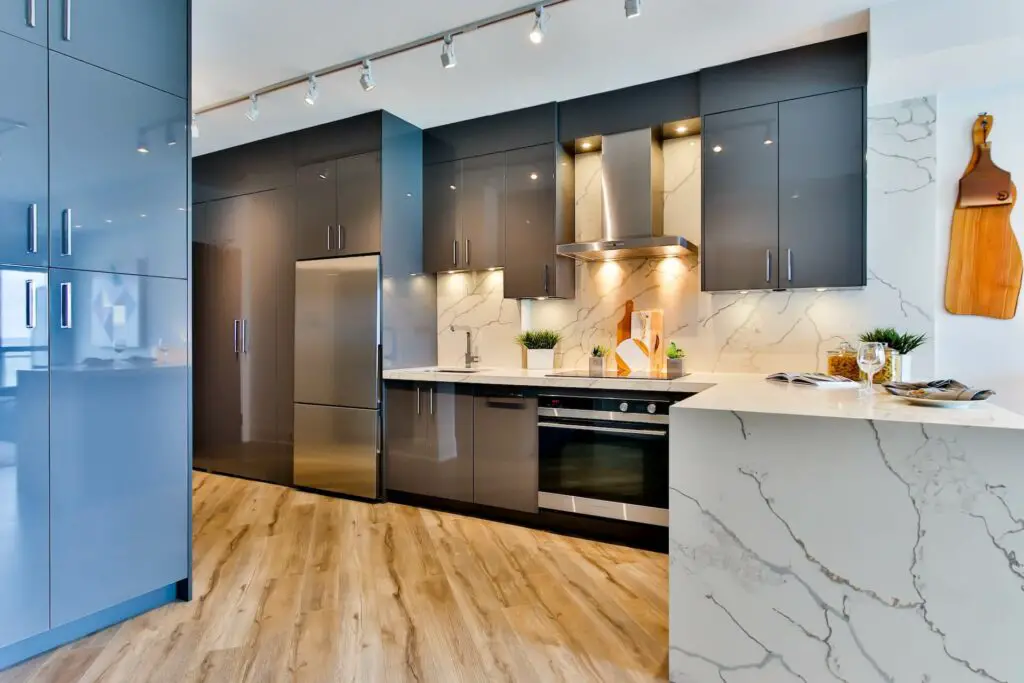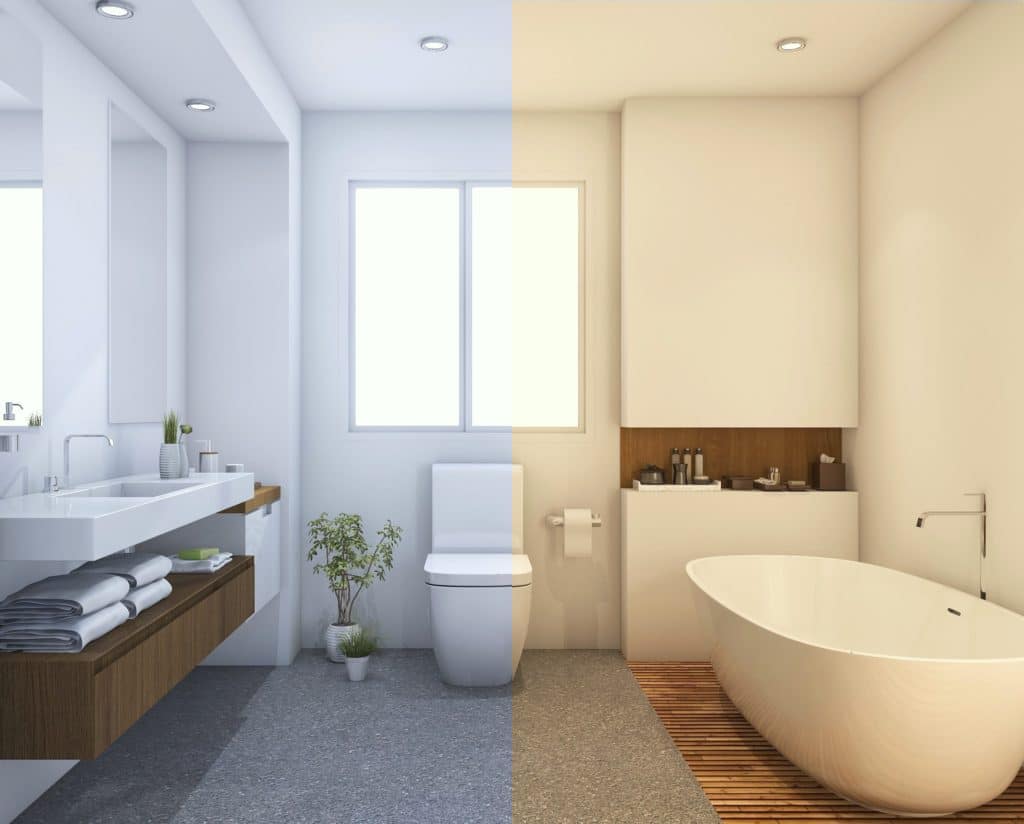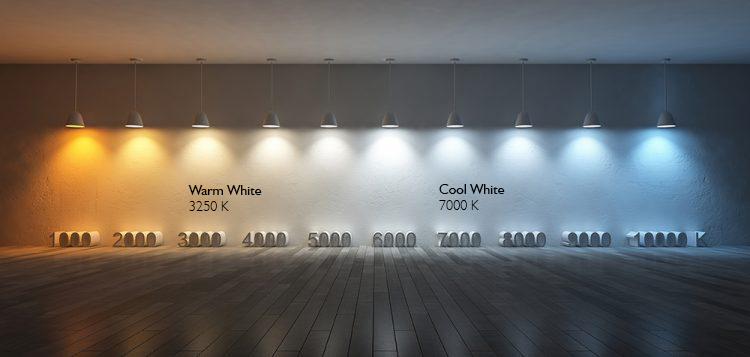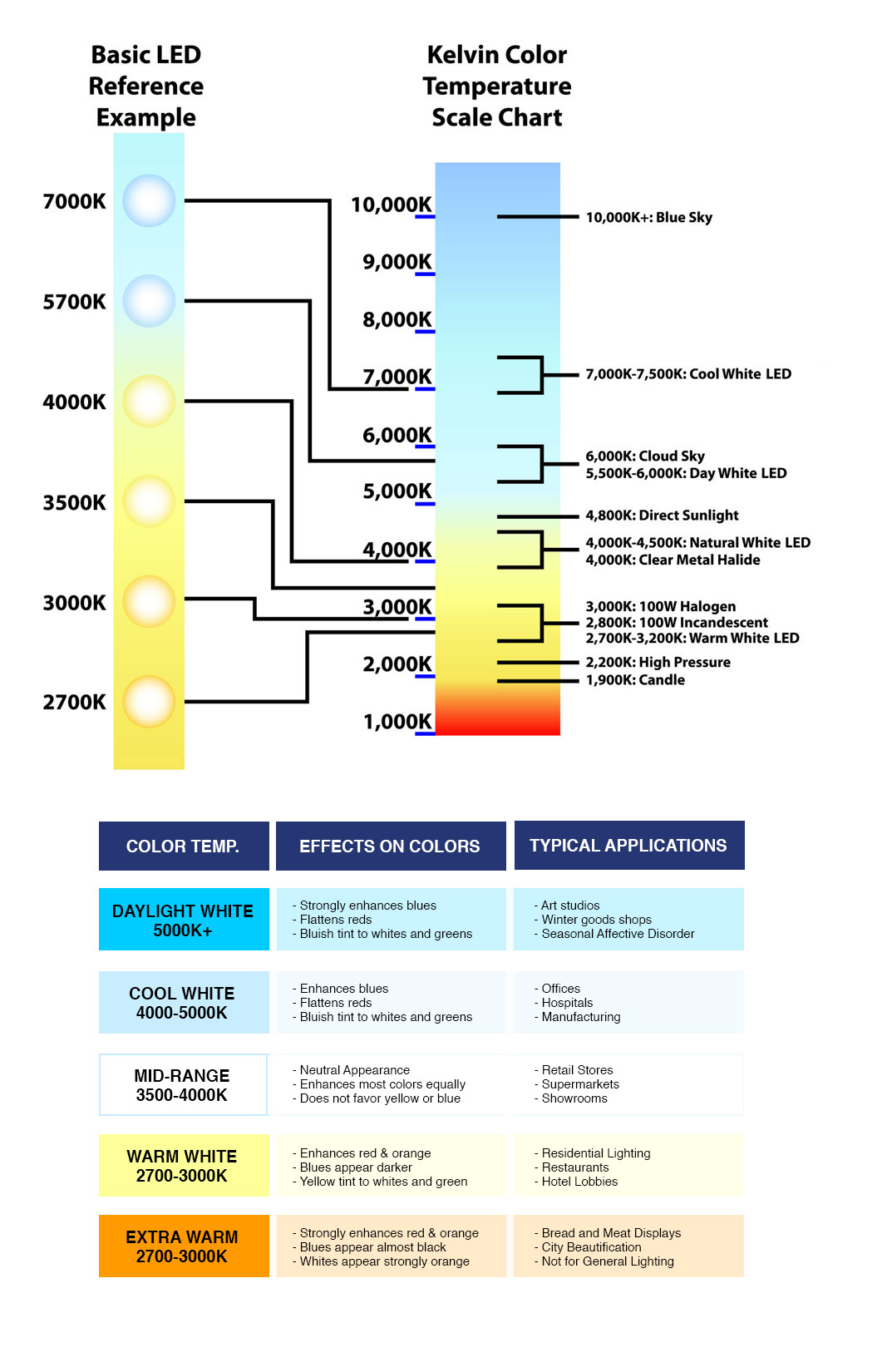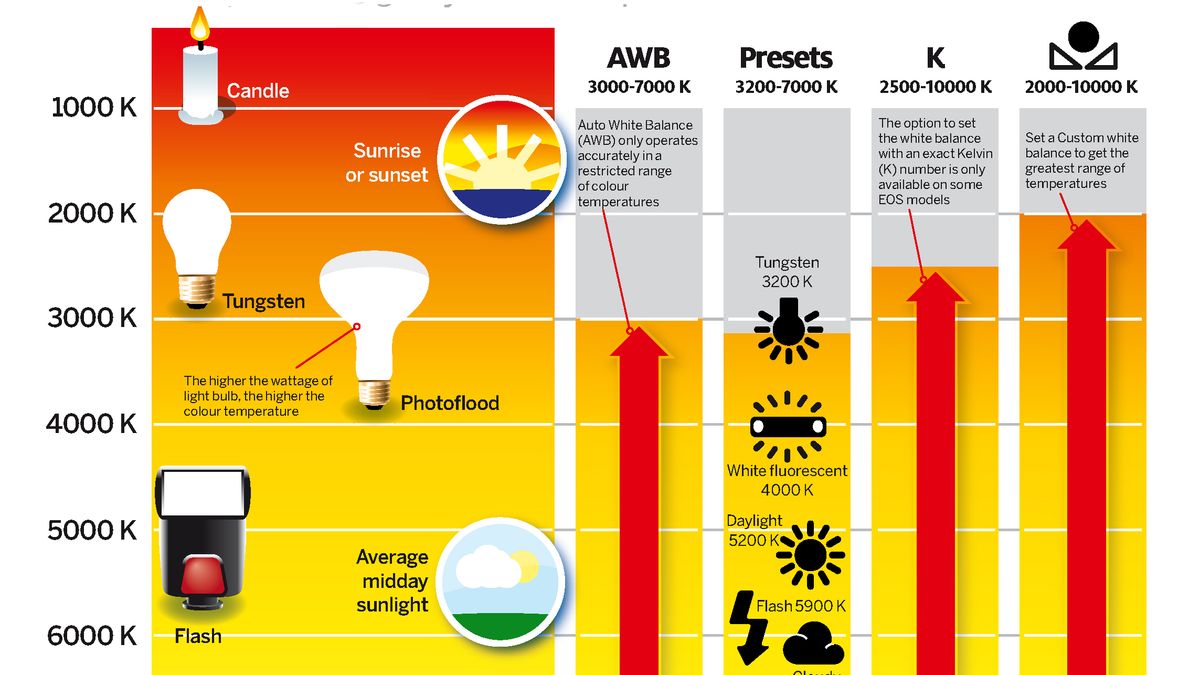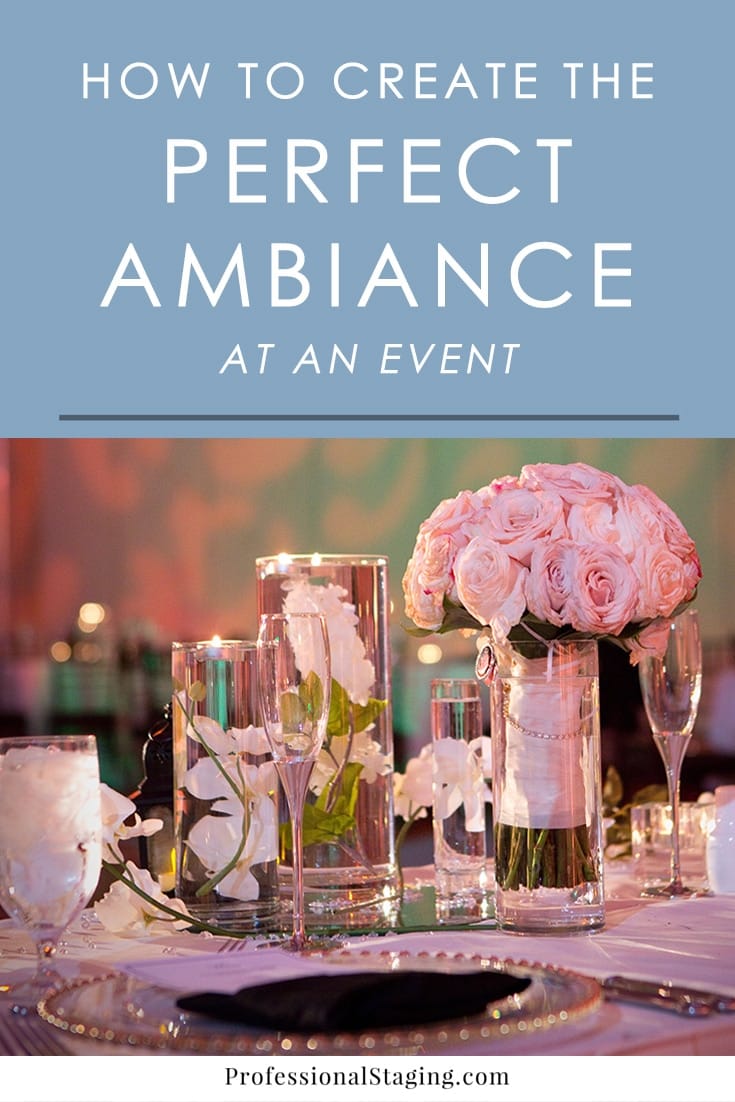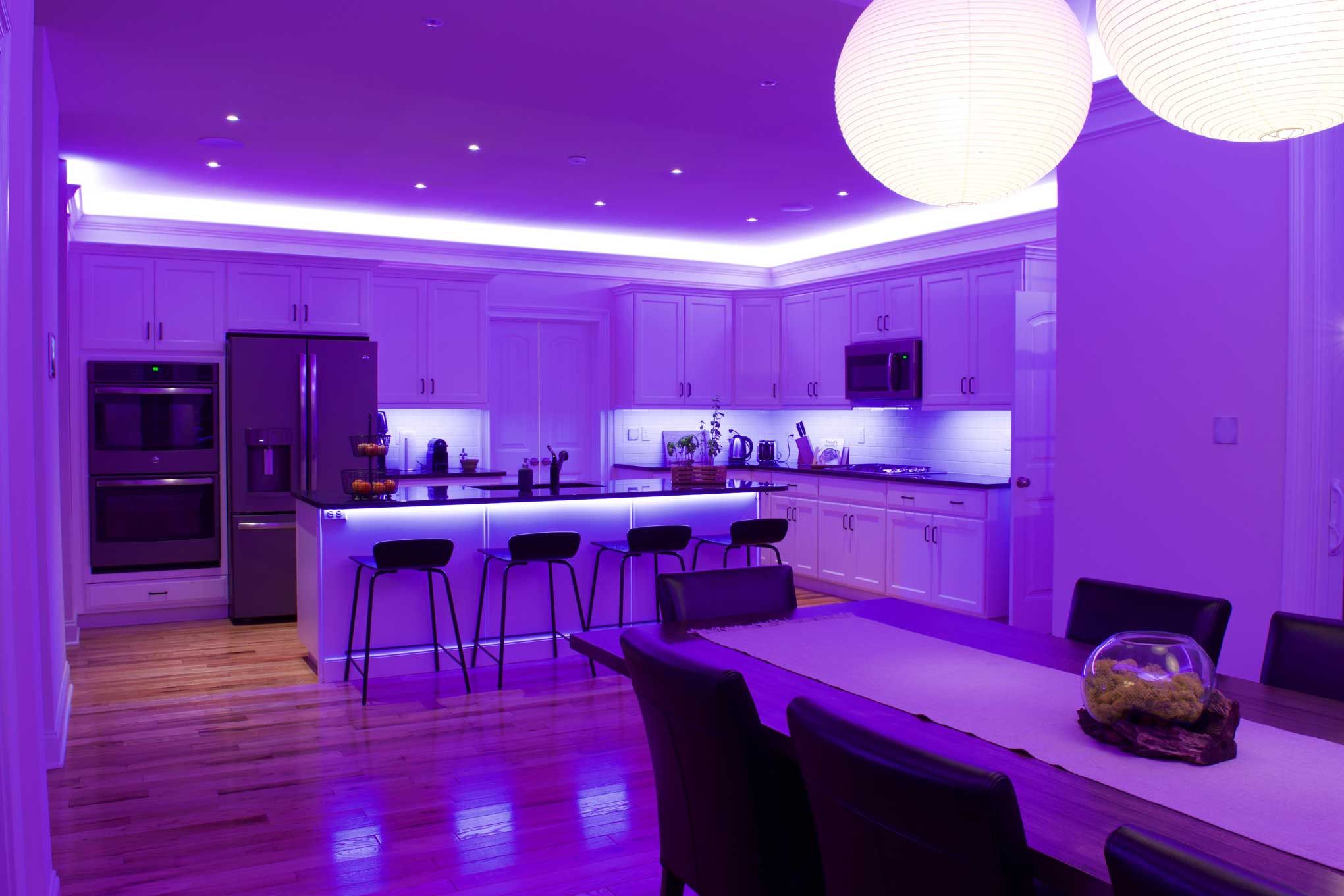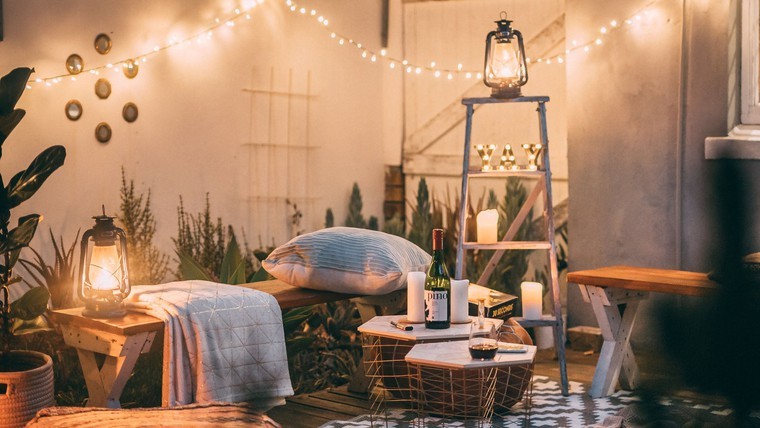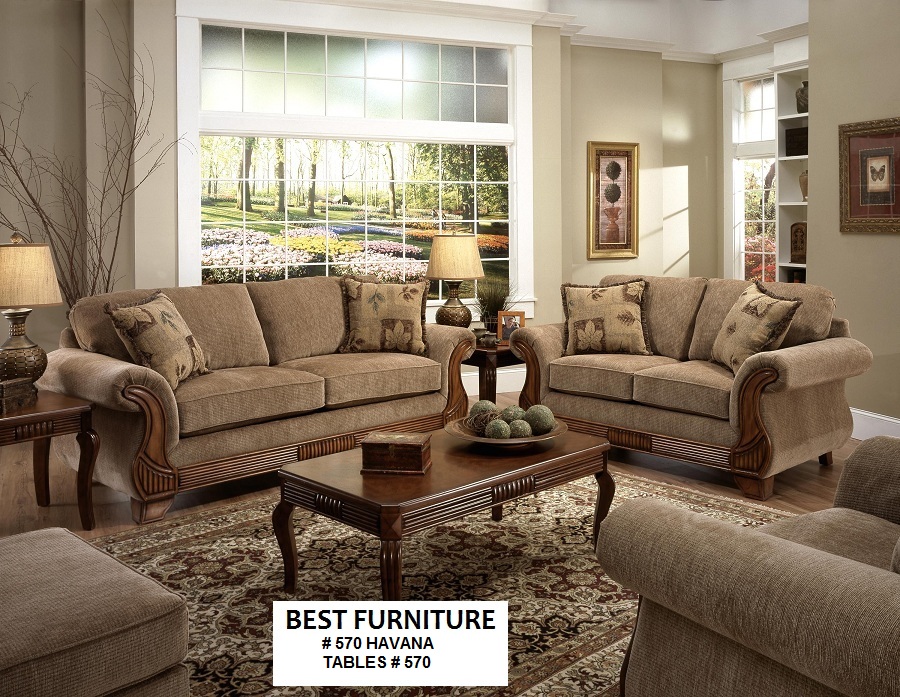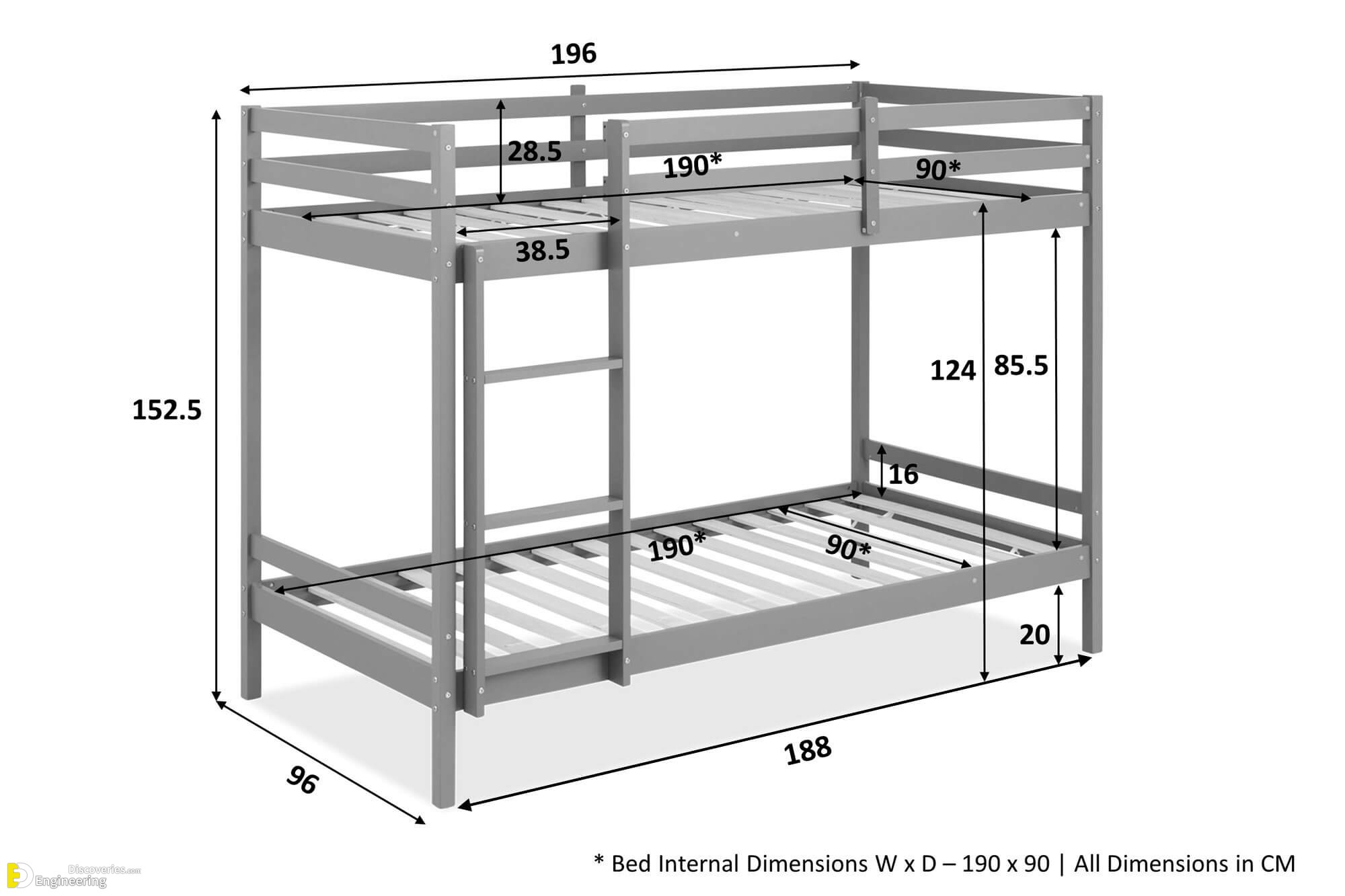The first step in creating the perfect lighting for your kitchen is choosing the right color temperature. Color temperature refers to the color of light emitted by a light source, and it is measured in Kelvin (K). Lower Kelvin numbers represent warmer, yellowish light, while higher Kelvin numbers represent cooler, bluer light. So, should your kitchen light be warm or cool? The answer depends on several factors, including the size and layout of your kitchen, the color scheme, and the function of the space. Let's explore the benefits and considerations of both warm and cool lighting for your kitchen.1. Choosing the Right Color Temperature for Your Kitchen Lighting
Warm light, with a color temperature of 2700K to 3000K, is often described as cozy, inviting, and intimate. This type of light is similar to the warm glow of a candle or an incandescent bulb. It can create a relaxed and comfortable atmosphere in your kitchen, making it the perfect choice for dining areas or kitchens with a traditional or rustic design. Cool light, on the other hand, has a color temperature of 3500K to 5000K and is often referred to as daylight or natural light. It is brighter and more energizing than warm light and can make a space feel more open and spacious. Cool lighting is a popular choice for modern and contemporary kitchens, as well as workspaces and task-oriented areas.2. Warm or Cool Light: Which is Best for Your Kitchen?
Choosing the right color temperature for your kitchen lighting is crucial because it can affect the mood and functionality of the space. Warm light can create a cozy and intimate atmosphere, perfect for family dinners and gatherings, while cool light can make a space feel more energized and productive, making it ideal for cooking and meal preparation. Additionally, the color temperature can also impact the appearance of your kitchen. Warm light can make colors appear warmer and richer, while cool light can make colors appear cooler and more vibrant. Consider the color scheme of your kitchen and how different color temperatures can enhance or detract from it.3. The Importance of Color Temperature in Kitchen Lighting
When deciding between warm and cool lighting for your kitchen, there is no one-size-fits-all solution. It ultimately depends on your personal preference and the function of your kitchen. However, here are some factors to consider when determining the best color temperature for your space: Kitchen Size: In a smaller kitchen, warm light can create a cozy and intimate atmosphere, while cool light can make the space feel larger and more open. In a larger kitchen, warm light can make the space feel too dark, while cool light can provide sufficient brightness. Color Scheme: As mentioned earlier, the color temperature can affect the appearance of your kitchen's colors. If you have warm-toned cabinets, countertops, and walls, warm light can enhance their warmth, while cool light can make them appear cooler. Functionality: Consider the primary function of your kitchen. If it's mainly used for cooking and meal preparation, cool light can provide the necessary brightness and visibility. If it's also used for dining and entertaining, warm light can create a more inviting atmosphere.4. How to Determine the Best Color Temperature for Your Kitchen
Ultimately, the decision between warm and cool lighting for your kitchen depends on your personal preference and the specific needs of your space. However, many designers recommend using a combination of both warm and cool lighting to achieve the perfect balance of ambiance and functionality. For example, you can use warm lighting for the general ambient light in your kitchen and add cooler lighting for task areas, such as above the stove or kitchen island. This allows for versatility and flexibility in creating different moods and meeting different lighting needs throughout the day.5. Warm vs Cool Lighting: Which is Better for Your Kitchen?
If you're still unsure about which color temperature to choose for your kitchen lighting, here are some tips to help you make a decision: Consider the Time of Day: Pay attention to how the natural light enters your kitchen at different times of the day. If your kitchen receives plenty of natural light, you can opt for cooler lighting. If it's darker, warm lighting can provide a cozy and inviting atmosphere. Experiment with Bulbs: If you're still unsure, try out different bulbs with different color temperatures to see which one you prefer. Many hardware stores and lighting retailers offer sample bulbs for you to test out at home. Consult with a Professional: If you're redesigning your kitchen or building a new one, consider consulting with a lighting designer or interior designer. They can provide expert advice on choosing the right color temperature and creating the perfect lighting design for your kitchen.6. Tips for Selecting the Perfect Color Temperature for Your Kitchen Lights
Now that you know the basics of warm and cool lighting, it's essential to understand the difference between them and how they can affect your kitchen. As mentioned earlier, warm light has a lower Kelvin number, while cool light has a higher Kelvin number. Warm light is often described as cozy, inviting, and intimate, while cool light is brighter and more energizing. When it comes to kitchen lighting, warm light can create a more relaxed and comfortable atmosphere, while cool light can provide the necessary brightness for tasks and productivity.7. Understanding the Difference Between Warm and Cool Lighting
The color temperature of your kitchen lighting can have a significant impact on the overall design and functionality of your space. Warm light can create a cozy and intimate atmosphere, making it ideal for dining and entertaining, while cool light can make a space feel more open and energized, perfect for cooking and meal preparation. When designing your kitchen, think about the function of each area and how different color temperatures can enhance or detract from it. Consider incorporating a mix of warm and cool lighting to achieve the perfect balance of ambiance and functionality.8. The Impact of Color Temperature on Kitchen Design and Functionality
As mentioned earlier, using a combination of warm and cool lighting can help you achieve the perfect balance of ambiance and functionality in your kitchen. However, it's essential to find the right balance between the two to avoid creating a disjointed or unbalanced look. One way to achieve this balance is by using layering in your lighting design. Utilize a mix of ambient, task, and accent lighting with different color temperatures to create depth and interest in your kitchen. This can also help to highlight different areas and features in your space.9. Finding the Right Balance: Mixing Warm and Cool Lighting in Your Kitchen
In conclusion, your kitchen lighting should be a combination of both warm and cool to create the perfect ambiance and meet the functional needs of your space. Consider the size, color scheme, and function of your kitchen when choosing the color temperature and use a mix of lighting layers to achieve the perfect balance. Remember, the color temperature of your kitchen lighting is not a one-time decision. It's okay to experiment and make changes as needed to create the perfect lighting design for your kitchen. With the right balance of warm and cool lighting, you can transform your kitchen into a functional and inviting space that suits your personal style and needs.10. How to Create the Perfect Ambiance with Warm and Cool Kitchen Lighting
The Importance of Choosing the Right Kitchen Lighting
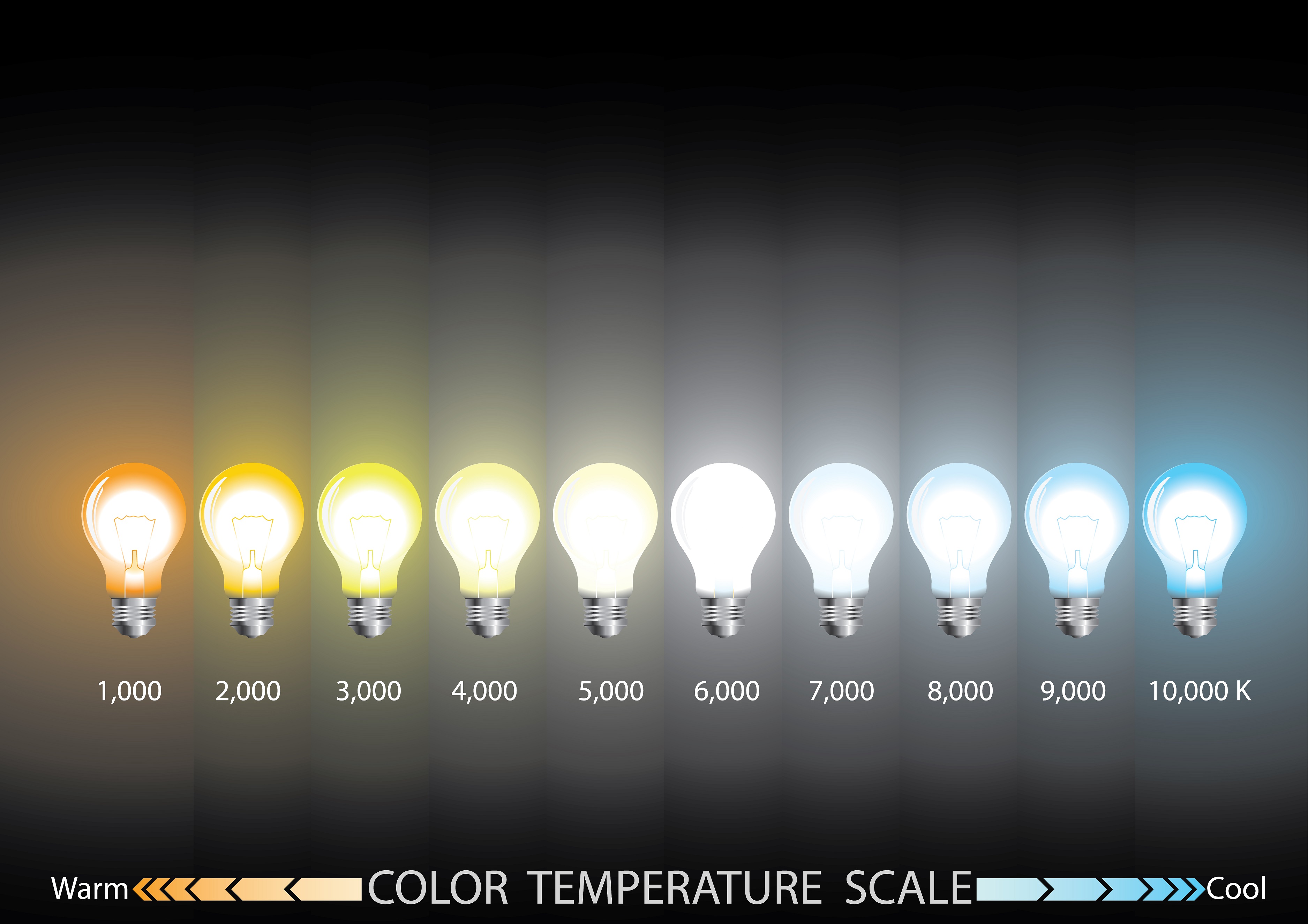
The Impact of Warm and Cool Kitchen Lighting
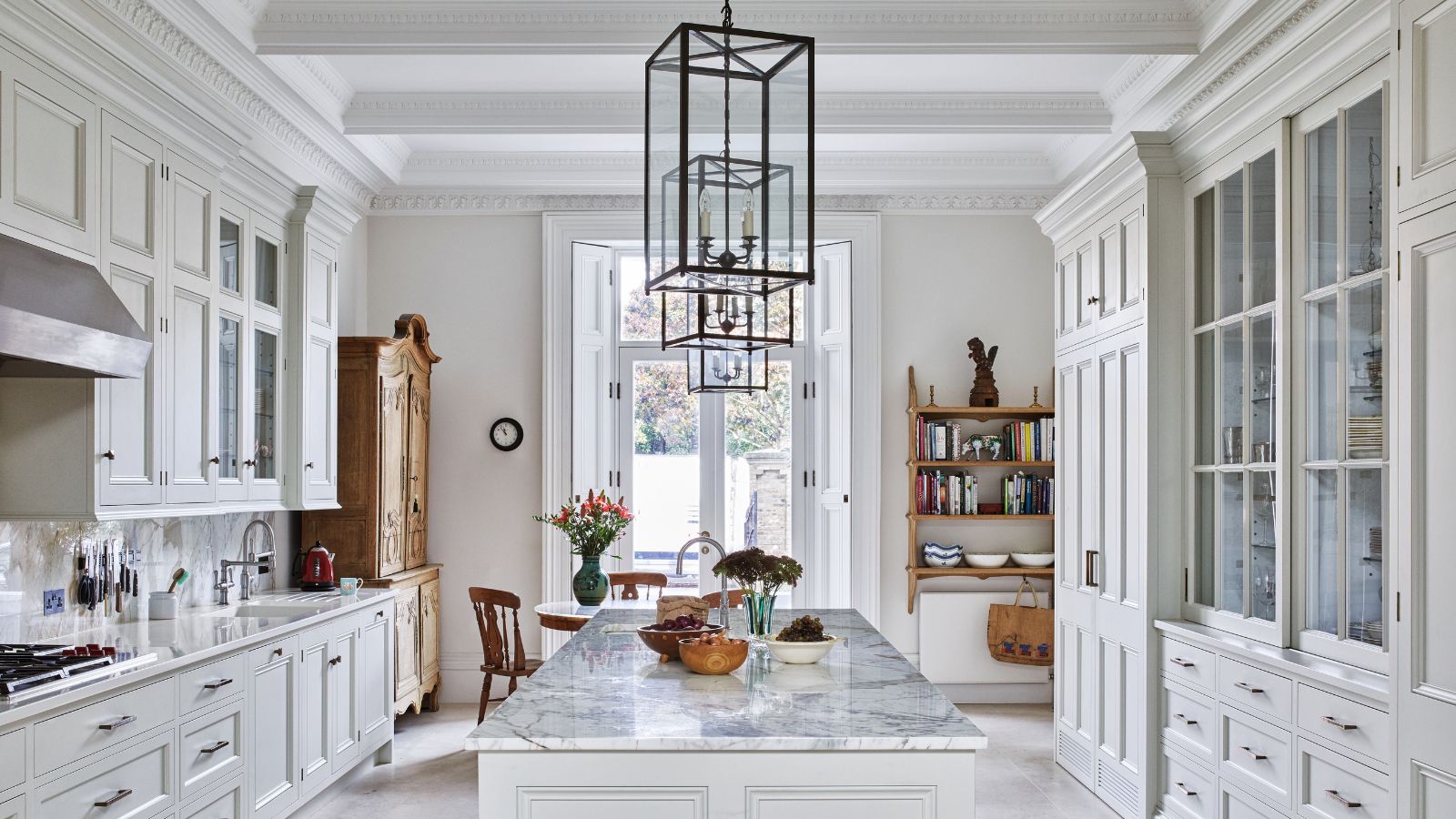 When designing a house, one of the most important factors to consider is lighting. Not only does it serve a practical purpose, but it can also greatly affect the overall aesthetic and mood of a room. This is especially true for the kitchen, which is often considered the heart of the home. When it comes to kitchen lighting, one of the most common debates is whether it should be warm or cool. Both options have their own advantages and disadvantages, and it ultimately comes down to personal preference. However, it's important to understand the impact of each type of lighting before making a decision.
Warm lighting
typically has a yellow or orange tint and is often associated with a cozy and inviting atmosphere. This type of lighting is often used in living spaces and bedrooms, creating a comfortable and relaxing environment. In the kitchen, warm lighting can help create a welcoming and intimate atmosphere, making it a popular choice for those who enjoy spending time cooking and entertaining in this space. It also has the ability to make food appear more appetizing and vibrant.
On the other hand,
cool lighting
has a blue or white tint and is often associated with a more modern and crisp look. This type of lighting is commonly used in workspaces and commercial settings, as it provides a bright and energizing environment that promotes productivity. In the kitchen, cool lighting can help create a clean and fresh look, making it a popular choice for those who prefer a more minimalist and contemporary design. It also has the ability to make small spaces appear larger and more open.
When designing a house, one of the most important factors to consider is lighting. Not only does it serve a practical purpose, but it can also greatly affect the overall aesthetic and mood of a room. This is especially true for the kitchen, which is often considered the heart of the home. When it comes to kitchen lighting, one of the most common debates is whether it should be warm or cool. Both options have their own advantages and disadvantages, and it ultimately comes down to personal preference. However, it's important to understand the impact of each type of lighting before making a decision.
Warm lighting
typically has a yellow or orange tint and is often associated with a cozy and inviting atmosphere. This type of lighting is often used in living spaces and bedrooms, creating a comfortable and relaxing environment. In the kitchen, warm lighting can help create a welcoming and intimate atmosphere, making it a popular choice for those who enjoy spending time cooking and entertaining in this space. It also has the ability to make food appear more appetizing and vibrant.
On the other hand,
cool lighting
has a blue or white tint and is often associated with a more modern and crisp look. This type of lighting is commonly used in workspaces and commercial settings, as it provides a bright and energizing environment that promotes productivity. In the kitchen, cool lighting can help create a clean and fresh look, making it a popular choice for those who prefer a more minimalist and contemporary design. It also has the ability to make small spaces appear larger and more open.
The Importance of Balancing Warm and Cool Lighting
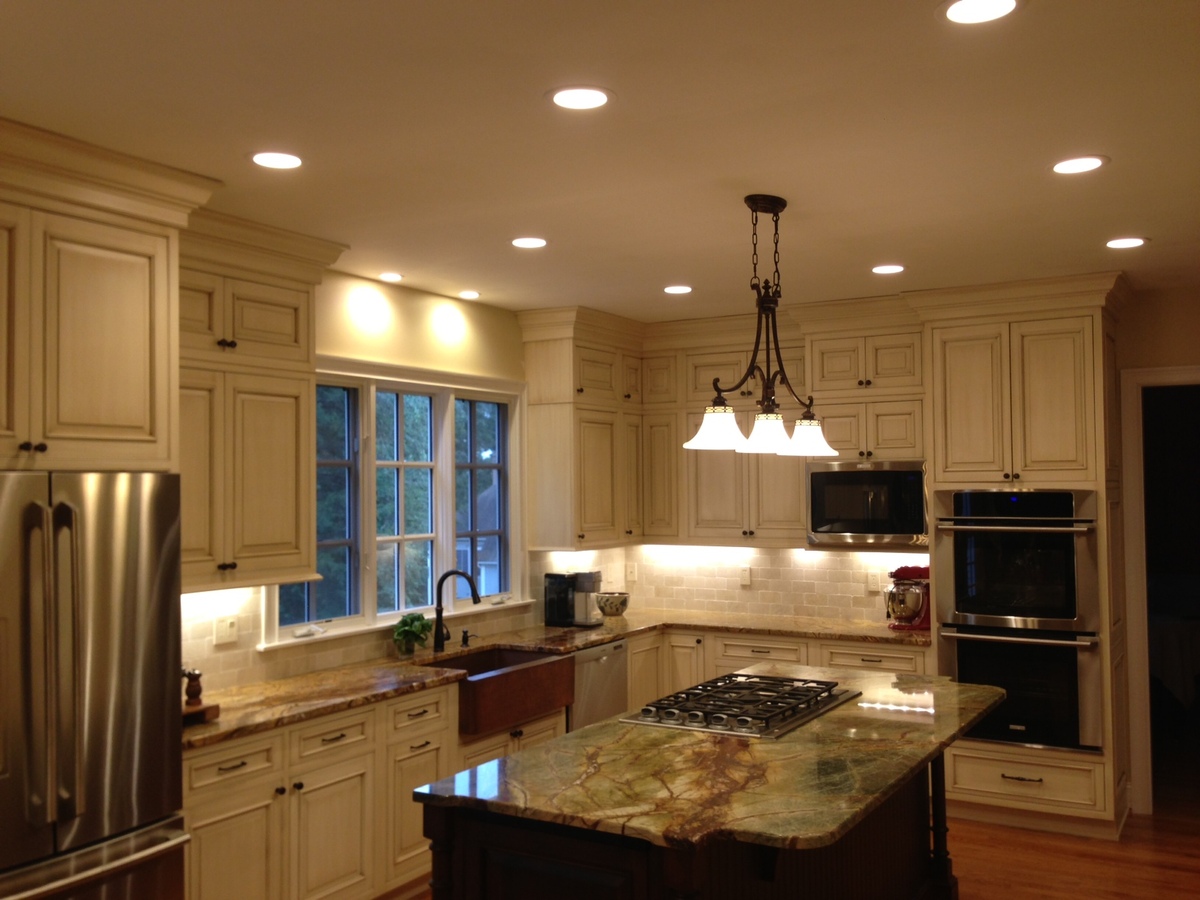 While both warm and cool lighting have their own benefits, it's important to strike a balance when designing a kitchen. Too much warm lighting can result in a dim and dull space, while too much cool lighting can make the room feel harsh and unwelcoming.
Combining both warm and cool lighting
can help create a harmonious and well-rounded atmosphere, providing the best of both worlds.
One way to achieve this balance is by incorporating multiple light sources, such as overhead lighting and under-cabinet lights. This not only adds dimension and depth to the room, but it also allows for different lighting options depending on the task at hand. For example, warm lighting can be used for cooking and entertaining, while cool lighting can be used for food preparation and cleaning.
In addition, incorporating
smart lighting technology
can also help achieve the perfect balance of warm and cool lighting. With the ability to adjust the color temperature and brightness, homeowners can easily switch between warm and cool lighting depending on their needs and preferences.
In conclusion, when it comes to kitchen lighting, there is no right or wrong answer. It ultimately comes down to personal preference and the overall design aesthetic of the home. However, understanding the impact of warm and cool lighting and finding a balance between the two can greatly enhance the functionality and ambiance of a kitchen. So, whether you prefer a warm and cozy feel or a crisp and modern look, there are endless possibilities when it comes to designing the perfect kitchen lighting.
While both warm and cool lighting have their own benefits, it's important to strike a balance when designing a kitchen. Too much warm lighting can result in a dim and dull space, while too much cool lighting can make the room feel harsh and unwelcoming.
Combining both warm and cool lighting
can help create a harmonious and well-rounded atmosphere, providing the best of both worlds.
One way to achieve this balance is by incorporating multiple light sources, such as overhead lighting and under-cabinet lights. This not only adds dimension and depth to the room, but it also allows for different lighting options depending on the task at hand. For example, warm lighting can be used for cooking and entertaining, while cool lighting can be used for food preparation and cleaning.
In addition, incorporating
smart lighting technology
can also help achieve the perfect balance of warm and cool lighting. With the ability to adjust the color temperature and brightness, homeowners can easily switch between warm and cool lighting depending on their needs and preferences.
In conclusion, when it comes to kitchen lighting, there is no right or wrong answer. It ultimately comes down to personal preference and the overall design aesthetic of the home. However, understanding the impact of warm and cool lighting and finding a balance between the two can greatly enhance the functionality and ambiance of a kitchen. So, whether you prefer a warm and cozy feel or a crisp and modern look, there are endless possibilities when it comes to designing the perfect kitchen lighting.
